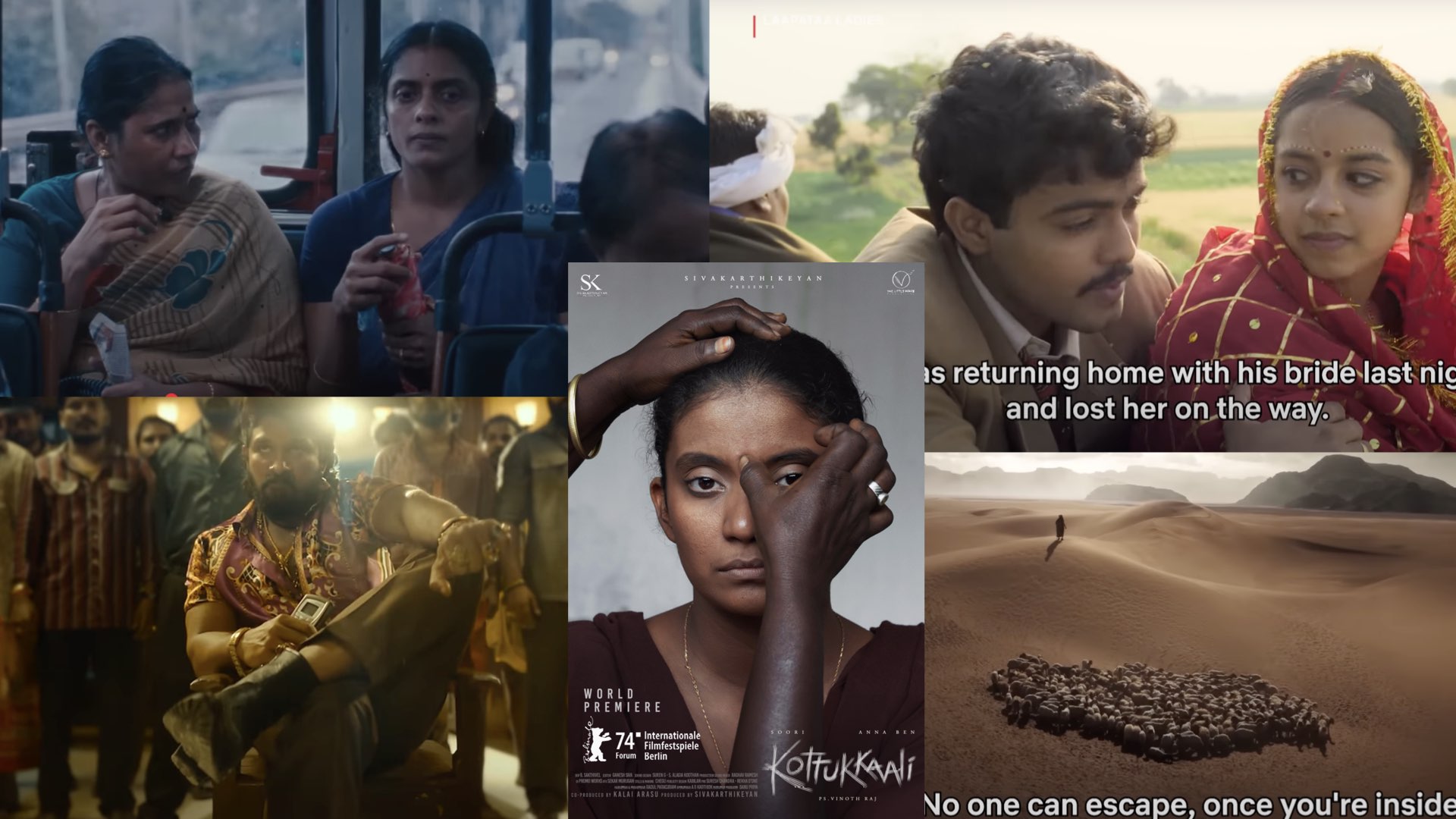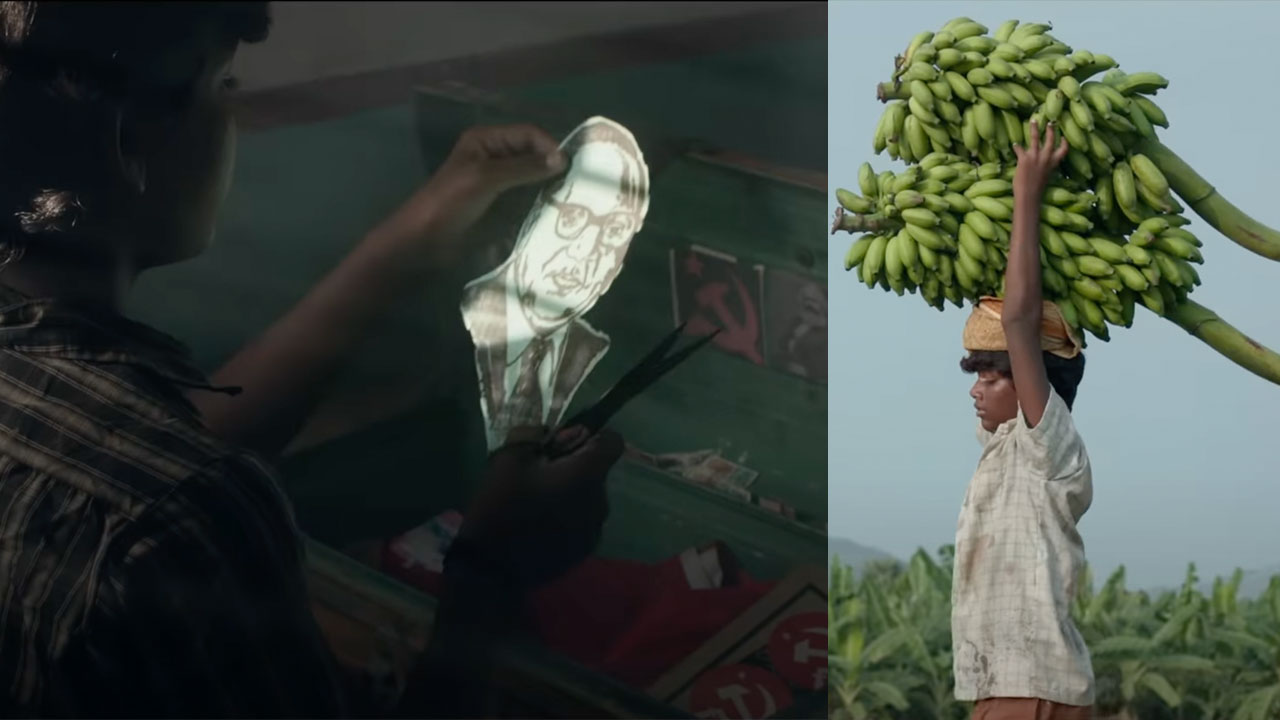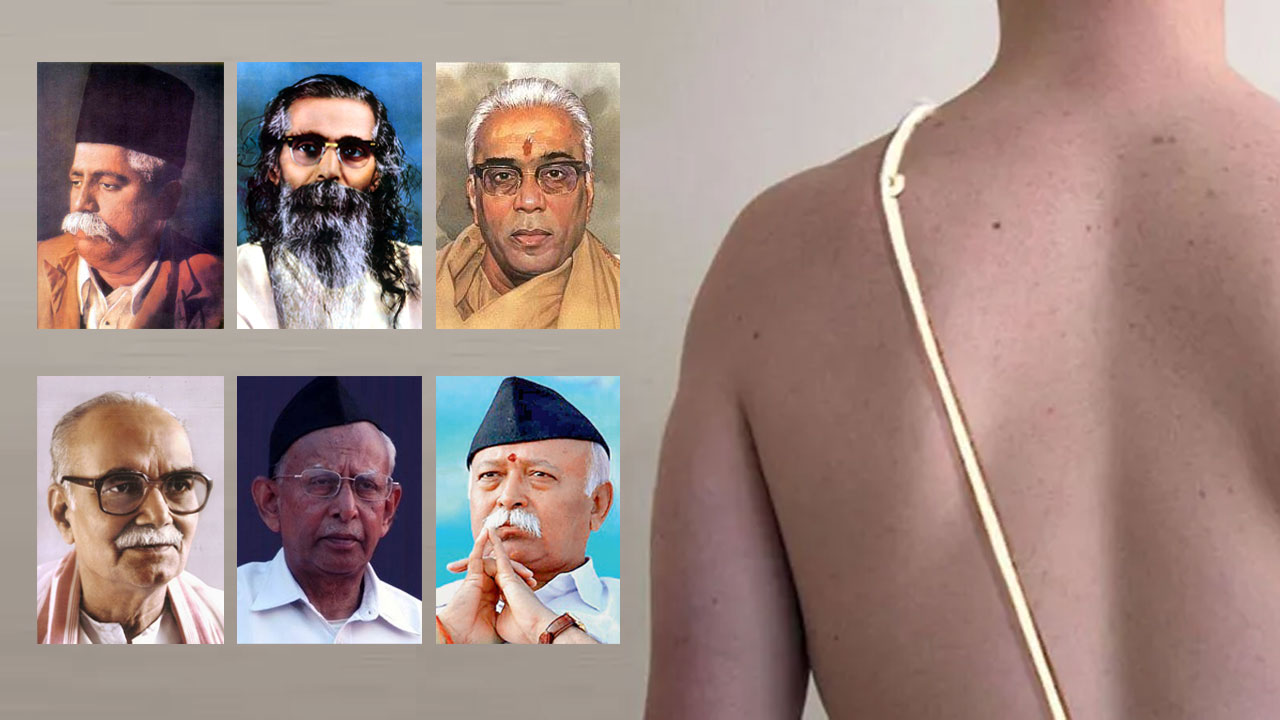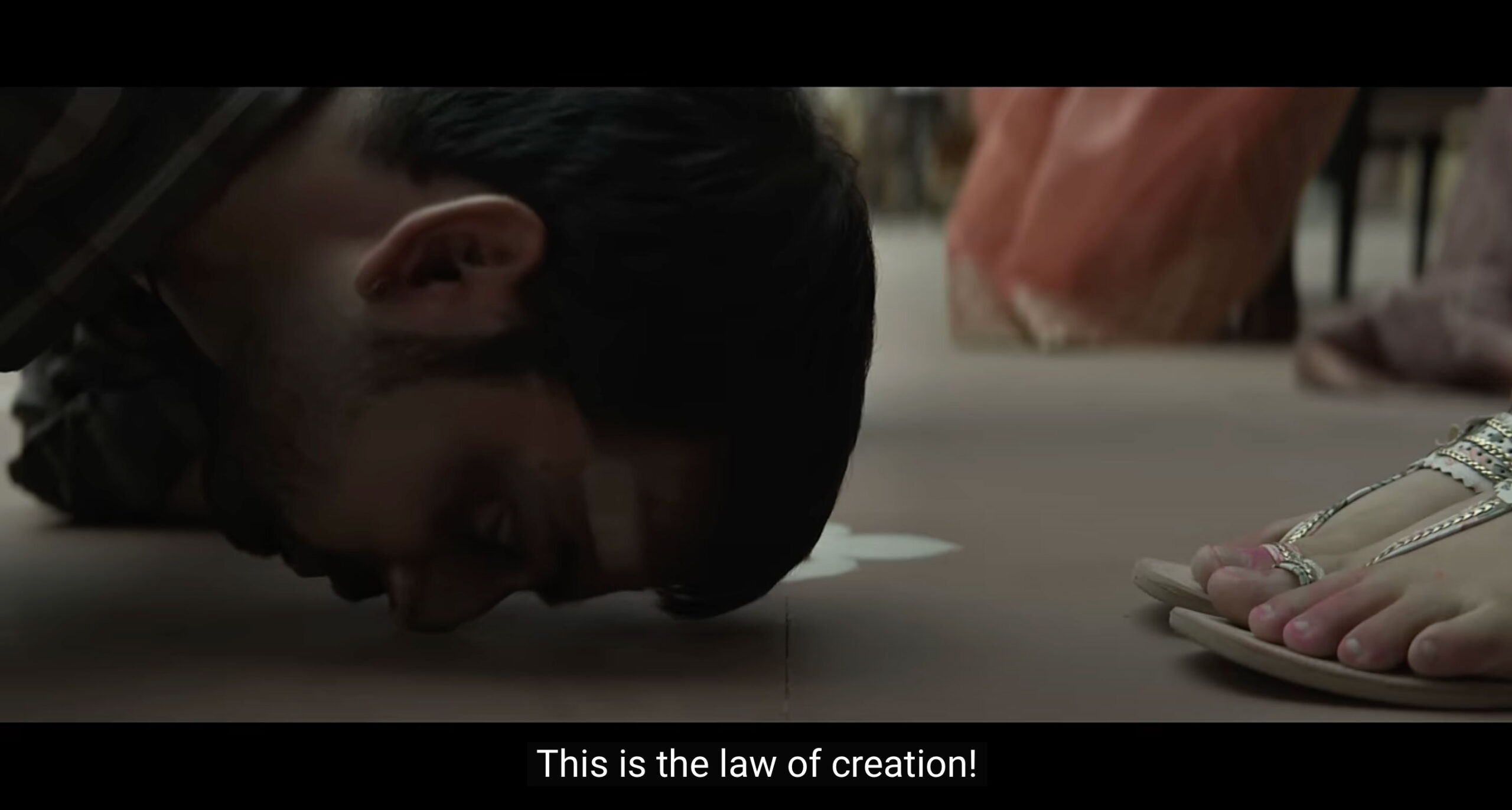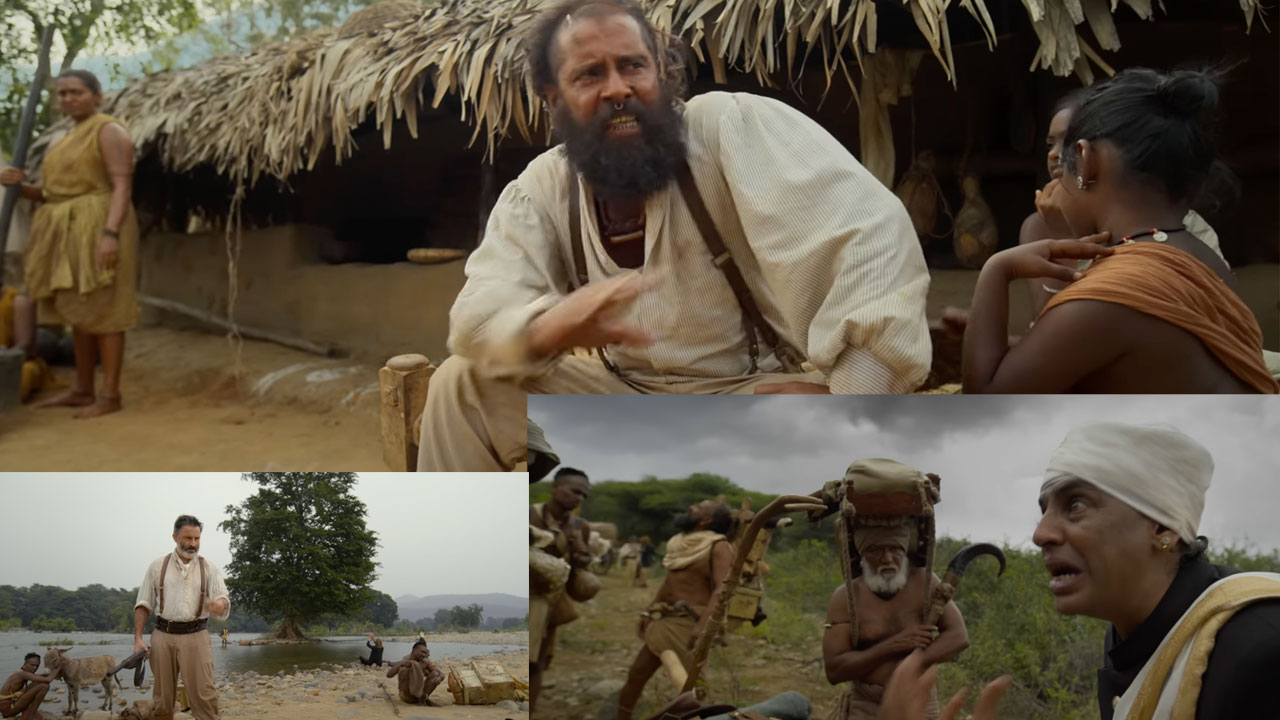After completing his PhD in England, no sooner had the young Ambedkar arrived back in India than the caste-based Indian society reminded him of his identity as an untouchable. Neither Hindus nor Muslims were “prepared to rent out a house” to him in the city of Baroda, Babasaheb painfully reminisced. Almost a century later, last September, a temple in Madhubani, Bihar, was washed after then chief minister Jitan Ram Manjhi paid a visit.
These two experiences are just the tip of the iceberg of discrimination and suffering that common Dalits have been facing in everyday life. If a Dalit as powerful as the chief minister is considered “polluting”, what would be the condition of an ordinary Dalit?
Yet, many eminent Indian sociologists are reluctant to accept the gravity of the scourge of untouchability and caste. They, instead, never tire of emphasizing “mobility” and “dynamism” in the institution of caste, implying that casteism is just a “rumour” and untouchability is no longer so relevant.
For example, eminent sociologist Andre Beteille claims that the rigid rules of purity and pollution such as “commensality or interdining” have been eroded (The Hindu, 21 Feb 2012). One may notice here that his observation is reminiscent of his guru, M.N. Srinivas’s. Just before his death in 1999, Srinivas, one of the founding fathers of Indian sociology, wrote a paper (“An Obituary on Caste as a System”, later published in EPW, 1 February 2003) where he made a sweeping generalization that the caste system is “dead” or “dying”. “I am convinced that this [caste] system which has endured for over two thousand years is on its way out,” he wrote.
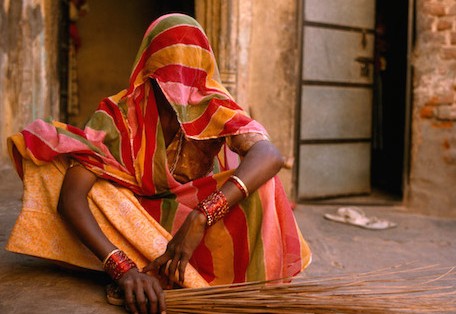
Is caste really on its way out? A huge body of empirical data suggests otherwise. A few surveys and fieldworks along with some theoretical works from the last two decades serve to underline that untouchability, like an old habit, dies hard. However, my emphasis on the recalcitrance of untouchability is not to deny its erosion over the years through the government’s intervention in areas such as infrastructure, health and education, etc.
As Atif Rabbani wrote in the March 2015 issue of FORWARD Press (“No end to untouchability”), the Indian Human Development Survey (IHDS-2) has found that one in four Indians practises untouchability and this social evil spans religions, castes, tribes and regions. The survey was conducted by the National Council of Applied Economic Research (NCAER) and University of Maryland, USA.
Earlier, Sukhadeo Thorat had demonstrated in Dalits in India, 2009, that even the educated and well-off Indians carry prejudices born of untouchability. He details the extent to which Dalits are facing untouchability in public behaviour, in addition to discrimination in access to common property resources and in economic activities, and caste-based atrocities. For instance, “caste-segregated neighbourhoods tend to be the rule rather than the exception in the Indian villages and the dwellings are usually clustered on a caste basis [p 134]”. Thus 48 per cent Dalits were denied access to water sources in rural areas, while 35 per cent of them were “discriminated at village shops” (p 136).
In a joint study on rural untouchability, noted scholars Ghanshyam Shah, Sukhadeo Thorat, Satish Deshpande, Amita Baviskar and Harsh Mander (Untouchability in Rural India, 2006), too, argue that untouchability is still not dead and gone. During their one-and-a-half-year (2001-2002) fieldwork covering 565 villages in as many as 11 states, these scholars found that “the practice of untouchability continues to live on, although it has changed, and its forms and content vary across different spheres of social life and different regions and sub-regions [p 48]”.
Likewise, noted political theorist Gopal Guru (“Dalit Middle Class Hangs in the Air” in Imtiyaz Ahmad and Helmut Reifeld, eds, Middle Class Values in India and Western Europe, 2001) discusses the discrimination faced by the Dalit middle class at the hands of their upper-caste counterparts who often make casteist remarks. As a result, the interaction between Dalits and twice-born Hindus is marked by social tension. Guru also recounts his own experience in Pune where the Dalit middle class were prevented from buying houses in upper-middle-class localities.
Similarly, the Indian Dalit diaspora, too, put up with untouchability. Groups within the UK Dalit diaspora have alleged that upper-caste Indians discriminate against them in schools, in public places and in their social lives. A report of a Dalit organization says, “Evidence shows that caste discrimination manifests itself in different forms in the UK. Dalits face discrimination in the sectors of employment, healthcare, education, provision of goods and services and politics, and in access to Hindu temples.” Explaining this transfer of the practices of untouchability from India to foreign lands, Jawaharlal Nehru University sociologist Vivek Kumar (“The New Dalit Diaspora: A Sociological Analysis” in K. L. Sharma and Renuka Singh, eds, Dual Identity, 2013) argues that as the Indian diaspora are born in a caste-ridden society with ties of kinships based on caste values, caste gets transferred abroad when they migrate. Kumar goes on to say that caste informs “interaction” among the diaspora because members of a caste help each other in finding jobs, loans, spouses, etc.
To sum up, the practice of untouchability continues both in a nondescript Indian village and in the metropolis. Like racism, untouchability – which was outlawed decades ago – is still alive and kicking, both in its crude and subtle forms.
Published in the April 2015 issue of the FORWARD Press magazine

